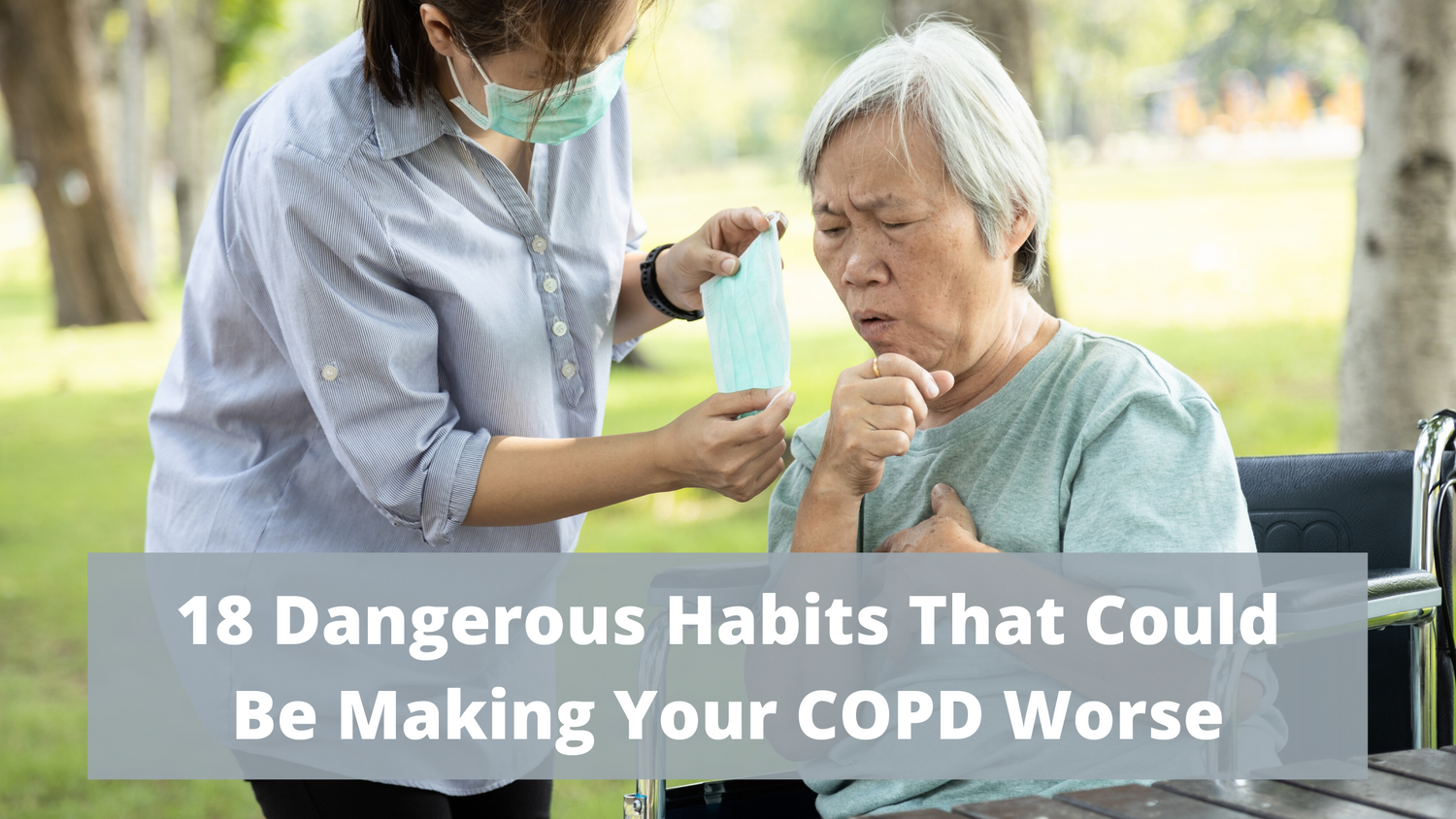Respiratory Resource Center - LPT Medical
COPD & Lung Cancer: What's the Connection and How Can You Reduce Your Risk?
COPD is a complicated disease that comes with...
Read More18 Dangerous Habits That Could Be Making Your COPD Worse
Lungs affected by COPD are very sensitive, particularly to...
Read MoreHow to Combat Back Pain Caused By COPD
While COPD is usually characterized as a breathing...
Read More


